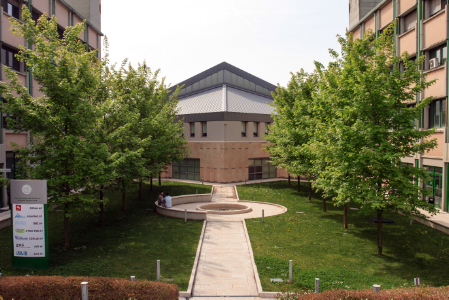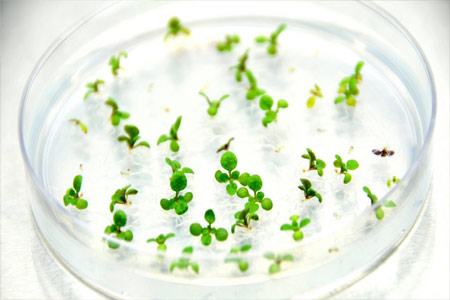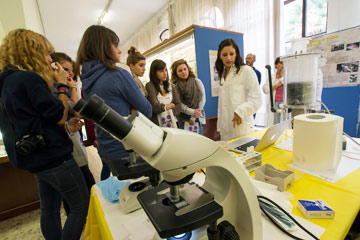Learning outcomes
Module: Biochimica vegetale
-------
Module: fisiologia vegetale (laboratorio)
-------
The aim of this teaching is to acquire the basis of biochemical research on plant materials and to learn how to organize experiments for the study of plant physiology.
Module: fisiologia vegetale
-------
The aim of this teaching is to understand the organization and the physiology of plants. The course analyse the biochemical basis of the major physiological processes in higher plants with possible biotechnological applications.
Syllabus
Module: Biochimica vegetale
-------
Module: fisiologia vegetale (laboratorio)
-------
1. Chromatography and spectroscopic characterization of photosynthetic pigments.
2. Quantitative determination of photosyntetic pigments extracted from leaves during the greening process.
3. SDS-PAGE analysis of the protein composition of photosynthetic membranes.
4. Western Blot analysis of specific proteins belonging to the photosyntetic apparatus during the greening process.
Module: fisiologia vegetale
-------
1. Water, osmosis, bulk flow. Water potential. Water movement: roots, xilem, cohesion-tension theory, cavitation, stomatal and evaporation.
2. Cell wall: extension, polarity,role of expansins, pH and Ca2+
3. Cold strss and freezing.
4. Phloem structure and function: pressure flow hypothesis, loading and unloading. Sink and Source.
5. Phytochrome: the light as information. Growth and development, red light responses, VLFR, LFR, HIR. Structure and molecular action of Phytochromes.
6. Cryptochrome: blue light and UVA. Phototropism, Stomatal opening, Cry and Hy4 mutants. Phot and Cry proteins, structure and function.
7. Auxins: structure and biosynthesis, Auxin movement, polar transport.
8. Abscisic acid (ABA): structure and function. Stomatal closure. Other important plant hormones







